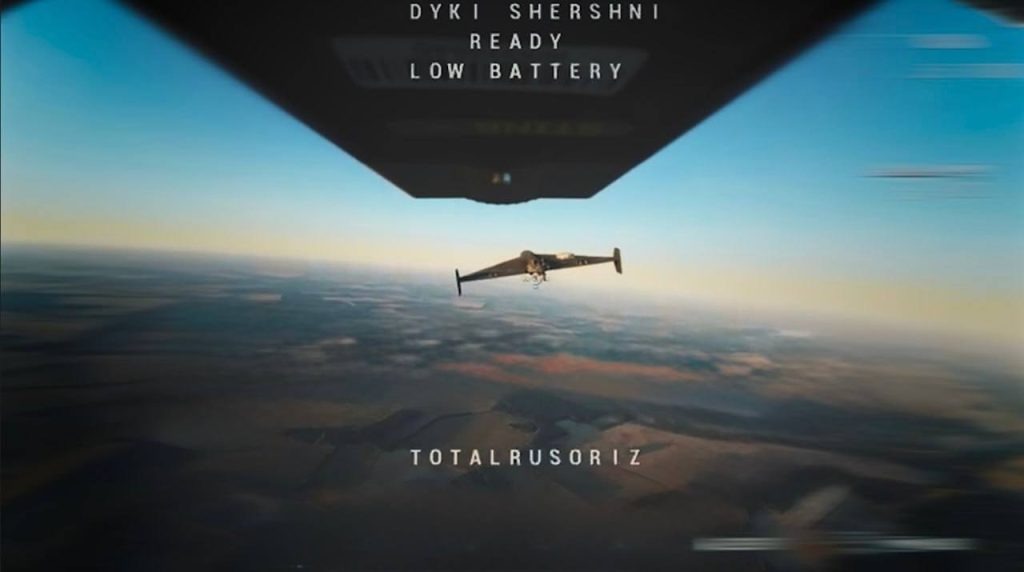Russia recently tested a drone interceptor developed at the scientific-production center NPC BASiRTK. In appearance and concept, it resembles the Ukrainian Sting drone. According to Militarnyi, the developer has released only video of the flights, which include horizontal movement and hovering, without revealing the device’s technical specifications.
What is known about the Russian development and how it compares to Sting?
The new Russian interceptor is a typical quadcopter with four motors and vertical take-off and landing. The developer claims it will be used as part of a distributed system with heterogeneous robotic complexes to monitor maritime conditions and infrastructure.
However, the released material shows only flight tests, without demonstrating combat capabilities.
Stealing of solutions
“There is a high chance that Russians, creating similar interceptors, could have borrowed certain design solutions from Ukrainian models, which have repeatedly proven effective in intercepting various UAV types,” Militarnyi notes.
This shows that Ukraine’s combat innovations are quickly influencing the field and shaping competition in C‑UAS technology.
The main question is whether the Russian device can replicate Sting’s functionality: AI-assisted targeting, integration into distributed networks, VR-based control, and real combat tests against multiple drone classes.
For now, the Russian demonstration appears more like a PR showcase than a fully operational combat solution, yet it signals the Kremlin’s response to Ukraine’s technological advances.




